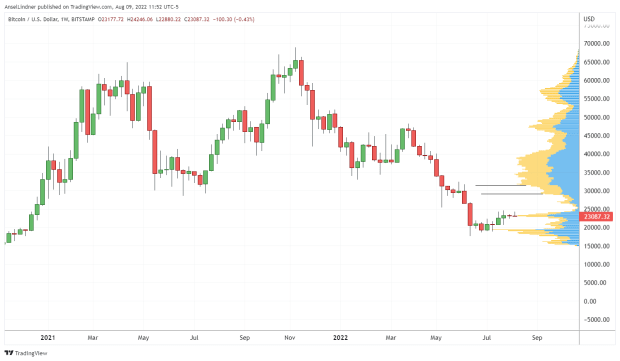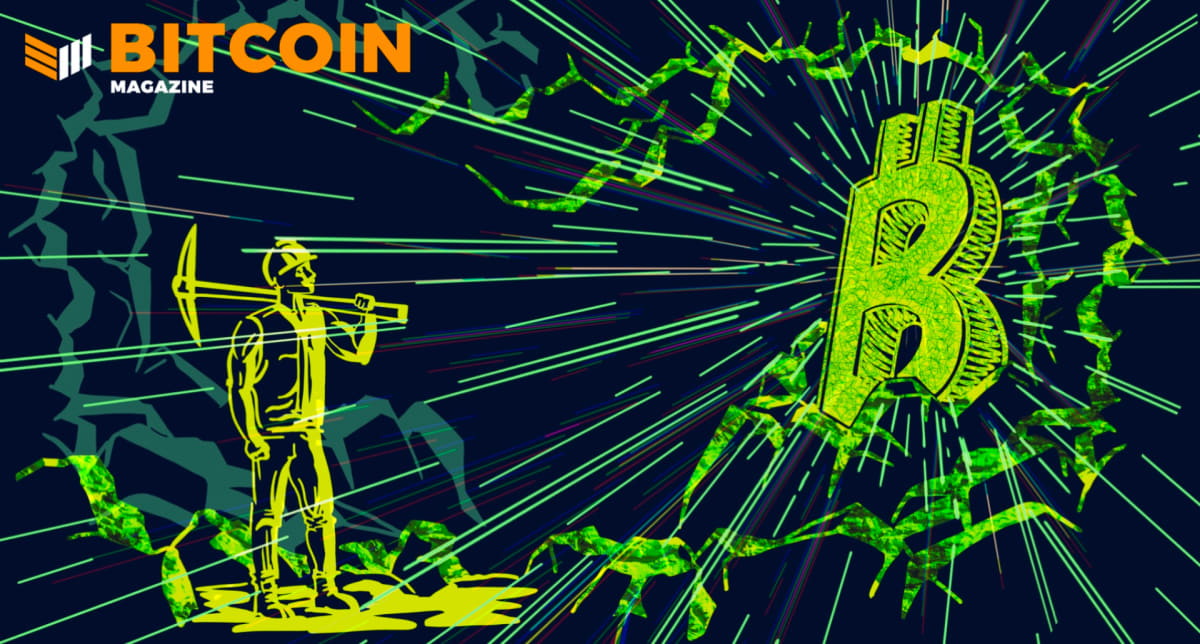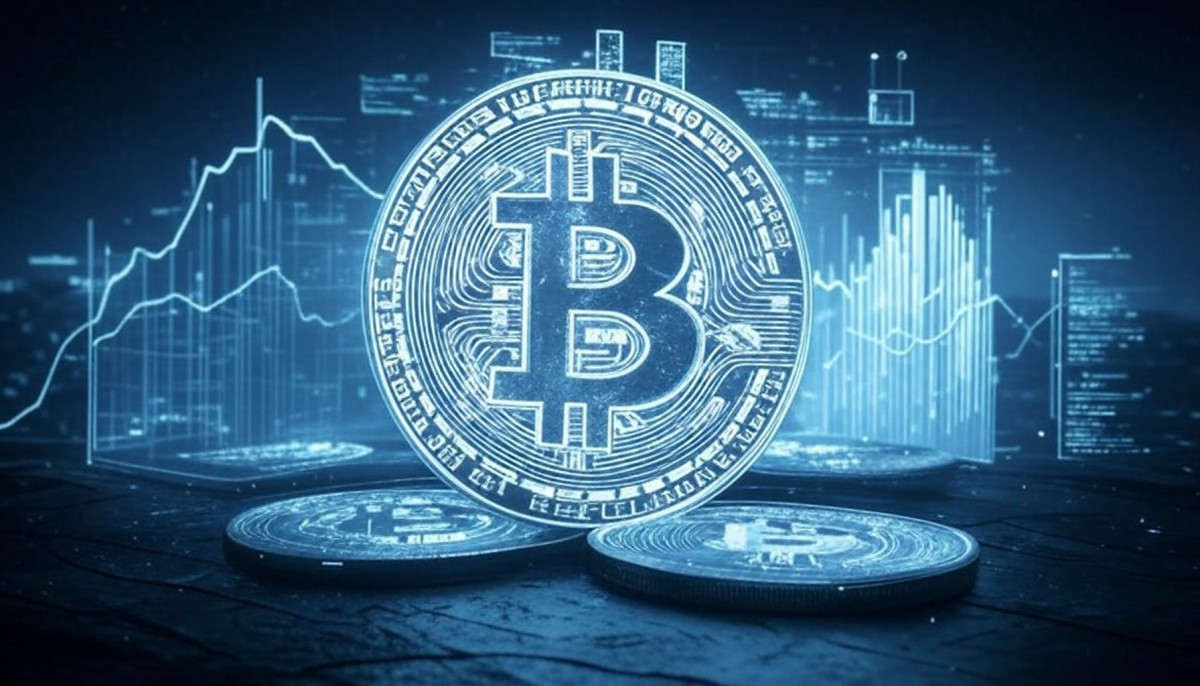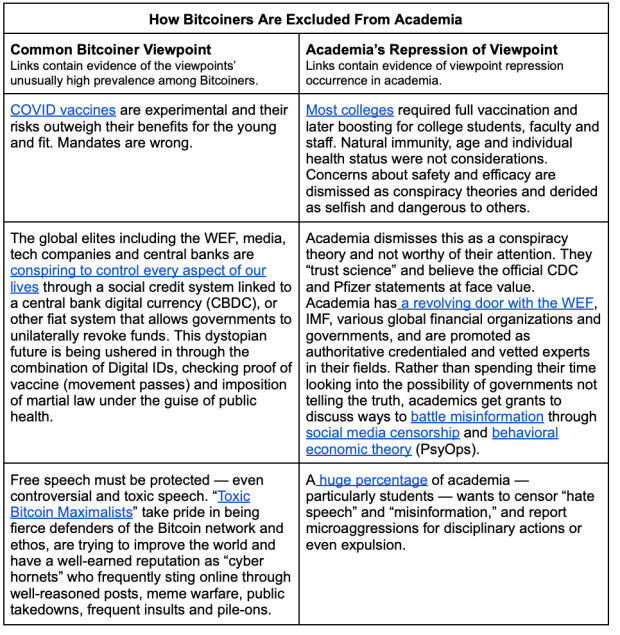Like a hitchhiker taking to the American highways for the first time, anyone hoping to get a clear picture of the universe of bitcoin mining today might be perplexed at the seeming opaqueness, yet sheer size of the North American mining ecosystem.
As a miner recently advised new entrants into the space on Twitter:
Distinct from China, which leads the world’s mining hash rate with an estimated 65 percent of the total coming from pools headquartered there, the North American mining environment is evolving its own culture.
As the North American bitcoin mining scene heats up with a higher hash rate, and an increase in mining revenues, more investors and interested mining companies are looking for a guide to the new mining Wild West that is the U.S. and Canada.
There are four basic parts that make up the North American bitcoin mining ecosystem: Mining pools, mining companies (collocation and self hosting), financial services firms and firmware (software) providers.
However, sometimes a financial services firm can also be a mining company (as with Galaxy Digital), and sometimes an energy provider can also be a mining company (Greenridge Generation). It’s complicated.
The Rise Of The (Demand For) Machines
Mining equipment shortages, not just in North America but around the world, including in China, is currently a big issue in the industry.
As the price of bitcoin continues to reach all-time highs, there is pressure on ASIC foundries and equipment manufacturers to try and meet the demand from both newly-interested customers and older mining companies that need to upgrade to remain competitive.
Estimated wait times for new mining equipment are at least six months, with leading manufacturers like Bitmain sold out until September 2021. There has also been a significant price increase in the secondary market for used ASICs.
We asked Samson Mow, CSO for Blockstream and Blockstream Mining, how things look for bitcoin miners going forward into 2021. Mow told Bitcoin Magazine that the defining issue going into 2021 is the lack of ASIC-based mining equipment:
“Bitcoin hash rate growth for the next year is likely to be constrained by ASIC chip production,” he said. “This could lead to some very interesting new financial products related to mining… With a shortage of equipment and a booming bitcoin price, a lot of older mining rigs are now profitable to run again for miners that have access to low-cost power.”
Mow confirmed what most experts say about mining equipment — at this point in time, there’s no new technology anywhere in sight to beat the mining power of an ASIC chip.
This is positive news for some established miners with access to cheap power, as the difficulty rate is more favorable without intense competition. There are some of these in North America, even though the region is also attracting new entrants.
“Mining profitability rose this year because the rate that new hardware is being deployed has significantly lagged the price increase of Bitcoin, which means that there has not been an increase in hashpower competition coinciding with the price rise,” Ryan Porter, head of business development for financial services firm BitOoda told Bitcoin Magazine.
Time For Your Own Pool, Kids
Most miners, including North American miners, use mining pools based in China. But this is changing as new mining pools are setting up in the U.S. and Canada to offer miners more regulatory-compliant options.
There are at least seven North American mining pools today, up from only three a year ago.
In the last six months, Luxor, Blockstream and Novablock have been joined by Titan, Blockware, DMG Blockseer and a Marathon/DMG co-op pool.
Luxor Pool is publicly listed and DMG Blockseer is in the process of going public, as is the Marathon/DMG co-op pool (more on this later).
Big Institutions And Energy Companies Are Getting Involved
As with investment into bitcoin the asset — which has enjoyed a price rise widely credited to involvement from major institutions like Square, MicroStrategy and Grayscale — mining has come into the sights of institutions looking to augment their portfolios with some financial hash power.
According to research conducted by Fidelity Digital Assets and Greenwich Associates, nearly 80 percent of institutional investors find something appealing about digital assets, and more than six in 10 institutions believe that digital assets have a place in their investment portfolios.
BitOoda, like other financial services firms in North America, is working with investment companies to help them get set up in mining ventures. Some prefer being directly involved with a specific mining operation while others are only looking for an investment stake for their portfolios.
There are also power providers in the region that are putting the extra power they have in off-peak hours to use in mining bitcoin. Greenridge Generation in New York State is putting its extra power to work through the night and in other off-peak hours mining bitcoin. Crusoe Energy, a Denver-based power company captures waste gas from flaring to create power — much of which is used for mining bitcoin.
North American Mining Companies Want To Go Public
Like bitcoin miners globally, North American miners have preferred to remain relatively anonymous, but there’s a new breed of mining companies and mining pools that are trying to get out into the open, ahead of any government attempts to regulate the industry.
Some of the motivation for getting ahead of the regulators is to become qualified for a public listing on a stock exchange, an effective tool for raising capital.
“The appetite for mining firms to go public has never been greater, as publicly-traded mining companies Riot Blockchain, Marathon Patent Group and HIVE Blockchain have all passed a $1 billion valuation,” Porter said.
And a few regional players are already publicly listed. Canadian mining company Hut8 was one of the first mining companies to be listed on the Toronto Stock Exchange. Meanwhile, NASDAQ lists Riot Blockchain (NASDAQ:RIOT), Marathon Patent Group (NASDAQ:MARA) and HIVE Blockchain Technologies (OTC:HVBTF).
Regulators Enter The Room
Until recently, bitcoin mining was not an issue for government regulators, but increasing attention to regulating cryptocurrencies from government agencies like the U.S. Securities and Exchange Commission, Financial Crimes Enforcement Network and Commodity Futures Trading Commission may soon change that.
It seems inevitable that at some point, a regulatory eye will be cast over mining.
“We feel that companies will be willing to pay standard mining pool fees (i.e., 2 percent) for full transparency and ensuring their servers/miners are not involved in adding North Korean or Iranian or other blacklisted wallets from OFAC in moving Bitcoin,” Sheldon Bennett, the COO of DMG Blockchain Solutions, told Bitcoin Magazine recently.
When DMG teamed up with Marathon to form DCMNA, it pledged to only process transactions that complied with U.S. laws.
In its announcement, DCMNA said it will be audited by a third-party financial firm and will be using “clean block mining” that adheres to the Office of Foreign Asset Control’s (OFAC’s) compliance standards and reduces the risk of mining blocks that include transactions linked to questionable activities.
Profits from the DCMNA pool will go toward pro-miner lobbying efforts in Washington, D.C. and all of the miners participating in DCMNA will need to submit KYC information, including smaller companies renting space in DMG’s warehouses.
The post A Hitchhiker’s Guide To Bitcoin Mining In North America appeared first on Bitcoin Magazine.

 (@Leorzhang) January 17, 2021
(@Leorzhang) January 17, 2021








